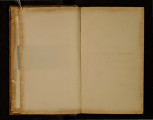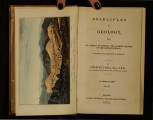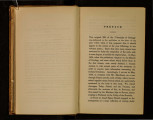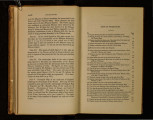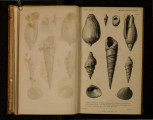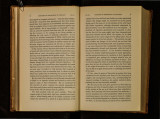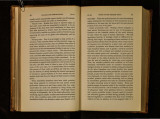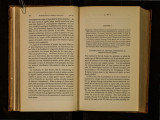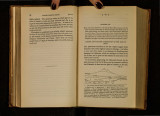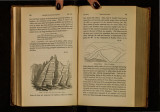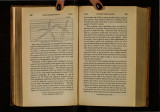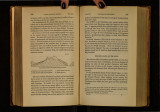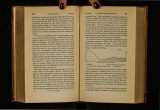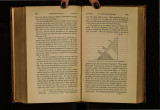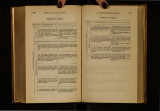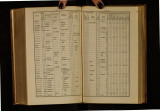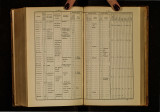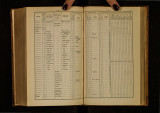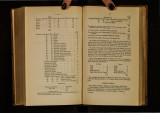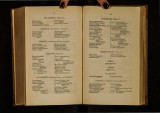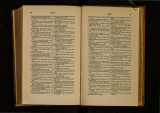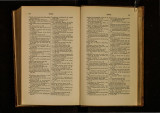| OCR Text |
Show xviii PREPAC~. and a visit, on my way home through Switzerland, to the Valorsine, where I had an opportunity of verifying the observations of M. Necker on the granite veins and altered stratified rocks of that district. I may also mention the time occupied in the correction of the second edition of the first and second volumes, and the delivery of a course of Lectures in May and June, 1832, at King's College, London, on which occasion I had an opportunity of communicating to the scientific world a great part of the views now explained in my last volume. London, April, 1833. 0 0 NT EN T S. CHAPTER I. PAGE Connexion between the subjects treated of in the former parts of this work and those to be discussed in the present volume-Erroneous assumption of the earlier geologists respecting the discordance of the former and actual causes of change-Opposite system of inquiry adopted in this work-Ill us· trations from the history of the progress of Geology of the respective merits of the two systems-Habit of indulging conjectures respecting irregular and extraordinary agents not yet abandoned-Necessity in the present state of science of prefixing to a work on Geology treatises respecting the changes now in progress in the animate and inanimate world CHAPTER II. Arrangement of the materials composing the earth's crust-Tho existing continents chiefly composed of subaqueous deposits-Distinction between sedimentary and volcanic rocks-Between primary, wecondary, and tertiaryOrigin of the primary-Transition formations-Difference between secondary and tertiary strata-Discovery of tertiary groups of successive periodsParis basin-London and Hampshire basins-Tertiary strata of Bordeaux, Piedmont, Touraine, &c.-Subapennine bed&-English crag-More recent deposits of Sicily, &c. 8 CHAPTER III. Different circumstances under which the secondary and tertiary formations may have originated-Secondary series formed whEln the ocean prevailed: Tertiary during the conversion of sea into land, and the growth of a continent -Origin of interruption in the sequence of formations-The areas where new deposits take place are always varying-Causes which occasion this transference of the places of sedimentary deposition-Denudation augments the dis· cordance in age of rocks in contact-Unconformability of overlying formations- In what manner the shifting of the areas of sedimentary deposition may combine with the gradual extinction and introduction of species to pro-duce a series of deposits having distinct mineral and organic characters 23 c 2 |




